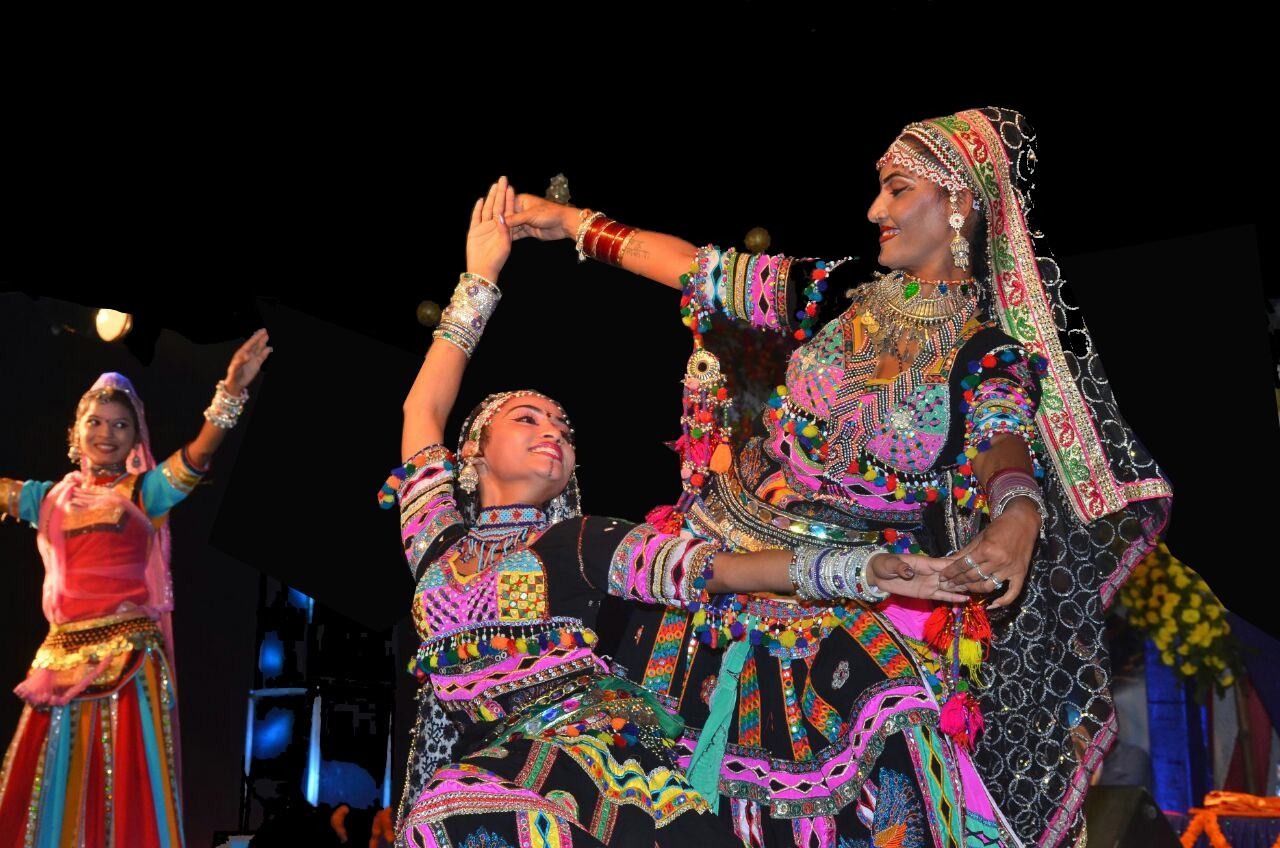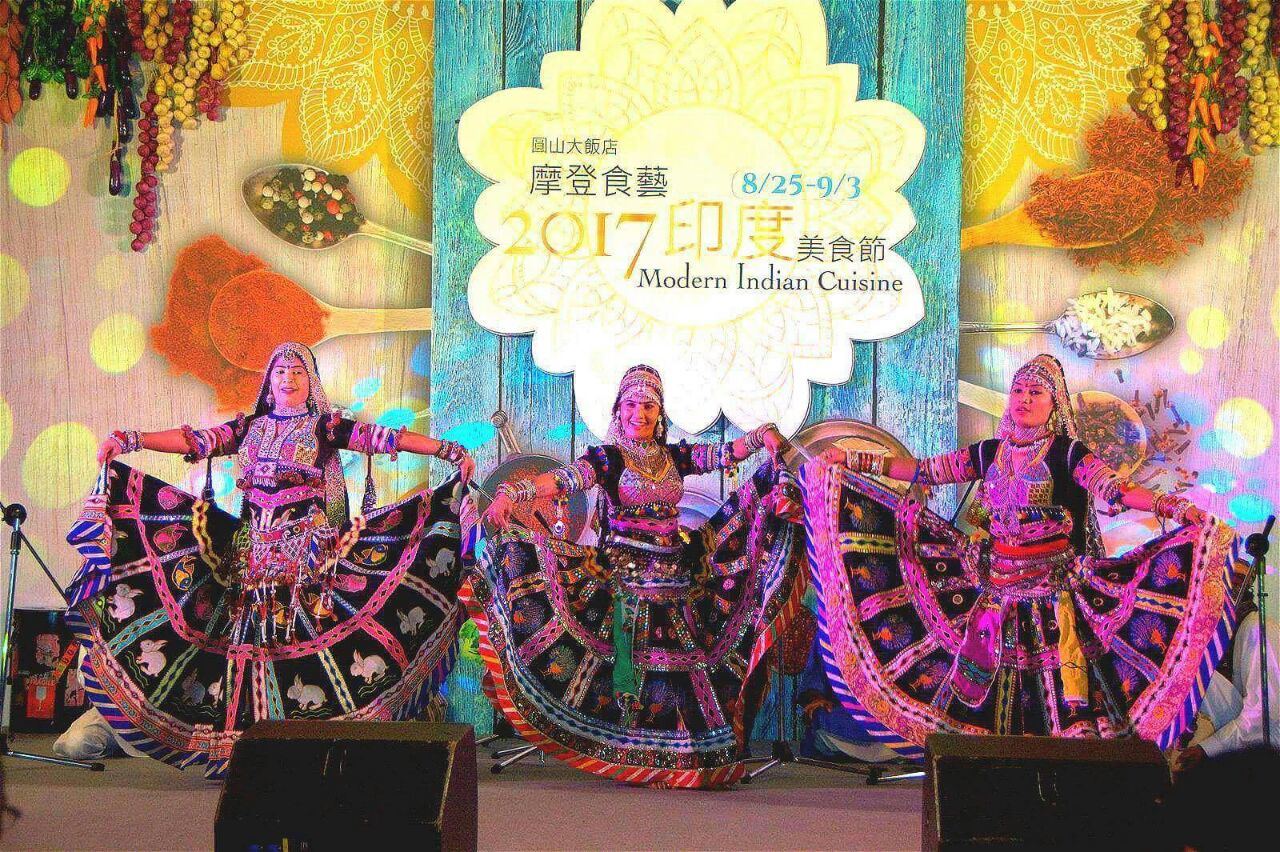

Khatu Sapera: The Empowering Journey of a Kalbeliya Dance Legend
Once upon a time, in the vibrant state of Rajasthan, a young girl named Khatu Sapera roamed the streets with her nomadic family. Born into a world where education seemed out of reach, she had a burning ambition to change her life and uplift her family from the struggles of their semi-nomadic existence. Little did she know that her passion for dance would become her guiding light, leading her to become a world-renowned folk artist and a beacon of hope for her community.
Khatu Sapera, with her powerful and sharp yet graceful movements, is a pioneer of the Jodhpur Kalbeliya style. Over the years, she has graced countless stages, mesmerizing audiences with her artistry. From national platforms to international tours with esteemed performance troupes like Musafir, Khatu's talent has transcended borders, bringing the mesmerizing beauty of Kalbeliya dance to audiences worldwide.
Her journey towards success was not an easy one. Growing up, Khatu never had the opportunity to attend school. Instead, she worked alongside her grandmother, wandering from place to place, performing a ritualized form of begging to make ends meet. However, a pivotal moment came when she was in her early teens and approached her uncle, Kalunath, with a heartfelt request to learn dance. Kalunath connected her with his older daughter, Samda, who became Khatu's first dance mentor.
Under Samda's guidance, Khatu's informal training began, gradually preparing her for the grand stage. She started with small performances in Jodhpur, initially alongside her uncle. Later, her talent caught the attention of the late Komal Kothari, a renowned cultural expert who recognized her potential and took her abroad for her first international performance. From that moment on, there was no looking back.
Khatu Sapera became an integral part of Rajasthan's biggest international troupes, captivating audiences with her magnetic presence and soul-stirring performances. Through her dedication and artistry, she played a crucial role in putting her community, the Kalbeliyas, on the world map.
The Kalbeliyas, once semi-nomads, now predominantly reside in the urban areas of Jaipur and Jodhpur, as well as the rural regions of Pushkar/Ajmer, Bikaner, Udaipur, and Jaisalmer. With a population of approximately 100,000, they have been officially recognized as a Scheduled Caste by the Government of India. Historically, they were often portrayed as "service nomads" or "gypsies," engaging in ritualized begging as a means of survival. Additionally, their expertise in handling snakes earned them the label of snake charmers.
However, with the emergence of global cultural industries and the rise of local tourism, the perception of the Kalbeliya community has evolved. Since 1981, several women from the Kalbeliya community, like Khatu Sapera, have embraced public dancing as their profession, captivating audiences on national and international stages. Their remarkable achievements led to the recognition of Kalbeliya Folk Songs and Dances of Rajasthan as intangible heritage by UNESCO in 2010.
The Kalbeliya dance form, typified by its high-impact movements, combines fast spins, elegant hand gestures, feminine hip moves, and rhythmic footwork synchronized with instruments like the dholak, daphli, cang, and manjiras. The dancers gracefully perform on their community's repertoire of songs, sung by women or played on instruments by men. The iconic heavily decorated black dress serves as an important visual identity marker for the dancers and symbolizes the unity and pride of the entire Kalbeliya community.
Through her art, Khatu Sapera has not only achieved personal success but also transformed the lives of her community members. As a teacher, she has nurtured hundreds of students, spreading joy through her dance. Khatu Sapera's remarkable journey from a nomadic upbringing to a global dance icon is a testament to the power of passion, perseverance, and the transformative nature of art. Her legacy continues to inspire generations of Kalbeliya dancers and shines a light on the cultural heritage of Rajasthan. Through her art, Khatu Sapera has not only preserved her community's traditions but also empowered her people to thrive and reclaim their rightful place on the world stage.
Rajasthani Folk Artists
Manjur khan: Rajasthani Folk Artist
Popular folk and Sufi singer manjur Khan speaks about the legacy of traditional Rajasthani music that he belongs to a family of master singers, they have been following their folk music since more than fifteen generations. Since childhood, he has been very sharp when it comes to rhythm he used to listen to his Guru his father nage. Khan . The special style of Manganiyar Folk music called Jangra includes a variety of songs for all occasions of life right from birth.
Rajasthani folk artist Khadtal Morchang Bhapang player
Popular Khartal Morchang Bhapang Latif Khan Instrumental Heritage towards Traditional Rajasthani Music Says that he comes from a family of master singers, they have been following their folk music for more than fifteen generations. Since childhood, he was very sharp in terms of rhythm, he used to listen to his guru, his father. Nazir Khan. The special genre of Manganiyar folk music called Jangra includes a variety of songs for all occasions from birth to life.